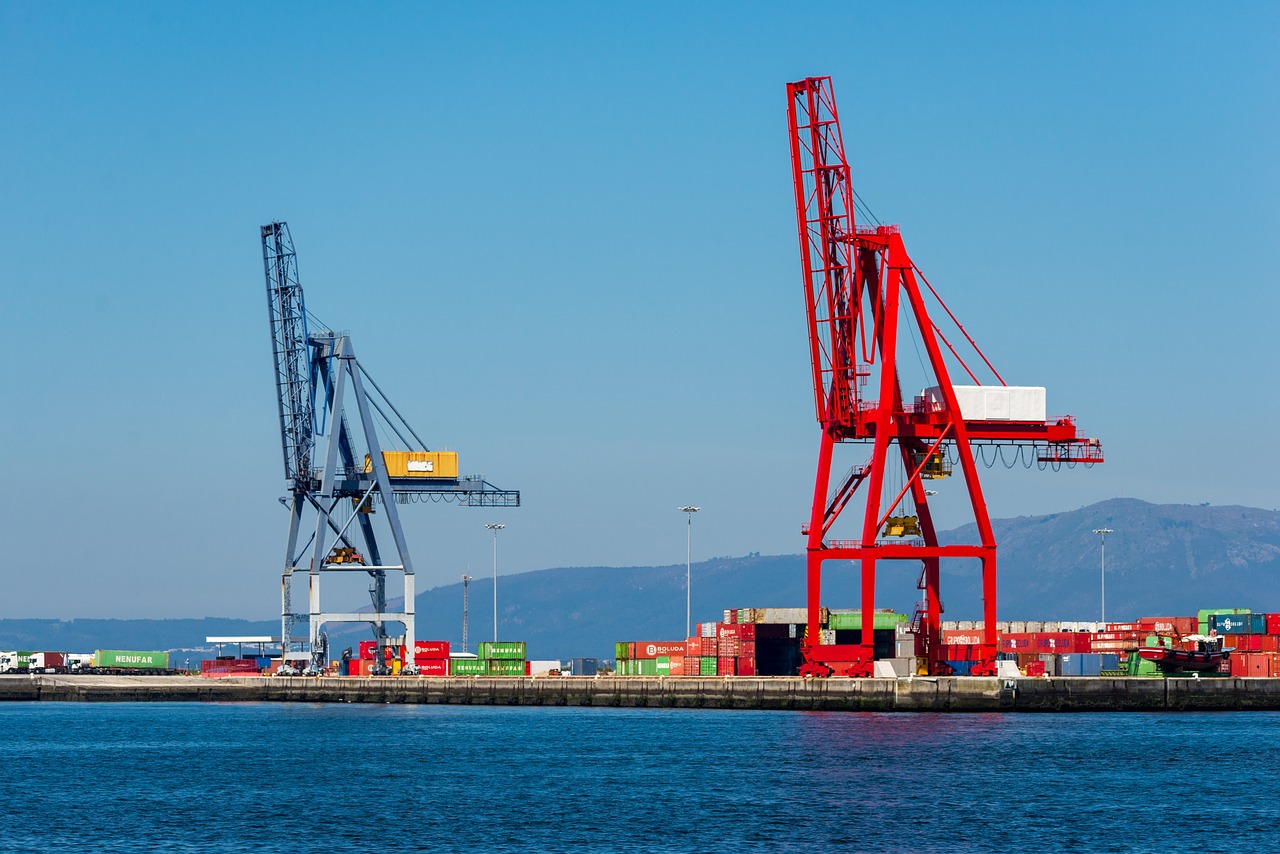
What isAgency export,? How does it differ from traditional self-operated export?
Agency export refers to a business model where enterprises without import-export rights entrust professional foreign trade companies to handle the entire export process. Compared to traditional self-operated export, the main differences are:
- Qualification Requirements: The agency must possess AEO (Authorized Economic Operator) certification from customs
- Division of responsibilities: The agency company bears the risks of customs declaration and payment collection processes
- Cost structure: Increases agency service fees but saves costs of building an in-house foreign trade team
What are the basic requirements for agency export in 2025?
According to the latest Cross-border Trade Facilitation Regulations, the following conditions must be met for agency export:
- The principal shall provide
- Duplicate business license (Three Certificates in One)
- Product compliance certificates (CE/FDA, etc.)
- Trade contract and proforma invoice
- The agent shall possess
- Customs Class A or higher management qualification
- Register of Foreign Exchange Administration
- Electronic Port IC Card operation authority
What is the specific process for agency export?
Standard business process includes 7 key steps:
- Signing a tripartite agreement (contractor, agent, foreign buyer)
- Apply for export commodity pre-classification (HS CODE confirmation)
- Arrange cross-border logistics and transport insurance
- Prepare full set of customs clearance documents (including certificate of origin, etc.)
- CompleteExport tax refundDeclaration (agent advances tax rebate payment)
- Foreign exchange settlement and international payment declaration
- Trade document archiving (retention for at least 5 years)
How to evaluate the professional capabilities of an agency company?
Recommended 5 dimensions for evaluating agency companies:
- Industry focus: Familiarity with export requirements for specific product categories (e.g., FDA certification experience for medical devices)
- Global Service Network: Presence of customs clearance partners in destination countries
- Risk management system: Whether value - added services such as trade financing and credit insurance are provided
- Technical support capabilities: Equipped with trade compliance management system (e.g., CITS)
- Historical dispute cases: Success rate in handling customs inspection anomalies in recent 3 years
What costs are involved in agency export? How to reduce costs?
Typical cost structure and optimization suggestions:
- Basic Service Costs: 0.8%-1.5% of goods value (negotiable through annual export volume tiered pricing)
- Cost of funding: Using usance L/C can reduce exchange rate risk
- Transportation costs: Consolidate multiple shipments for LCL transportation
- Hidden costs: Avoid demurrage fees due to documentation errors (approximately 3% of goods value)
What are the common legal risks in agency export? How to prevent them?
3 key risks requiring special attention and countermeasures:
- Trade entity mismatch risk
- Ensure the agency agreement clearly defines the principal-agent relationship
- Maintain complete email correspondence records
- Foreign exchange control risks
- Use NDF (Non-Deliverable Forward) to hedge exchange rate fluctuations
- Monitor updates to the SAFE's "Key Monitoring List"
- Intellectual Property Risk
- Require agents to provide trademark search reports for the destination country
- The transport document states "ownership of the goods belongs to the consignor."
Which agency model is suitable for small and medium-sized enterprises?
According to the 2025 SME Development White Paper recommendations:
- Startups: Opt for full-process agency (including customer development)
- Growth-stage enterprises: Adopt partial-process agency (focusing on logistics + documentation)
- Mature enterprises: Establish strategic partnerships (sharing overseas warehouse resources)
Case study of an LED lighting exporter: Achieved full 17% VAT rebate through agency export, saved 32% operational costs compared to self-export, and reduced payment collection cycle to T+15 working days.


 Follow Customer Service WeChat
Follow Customer Service WeChat